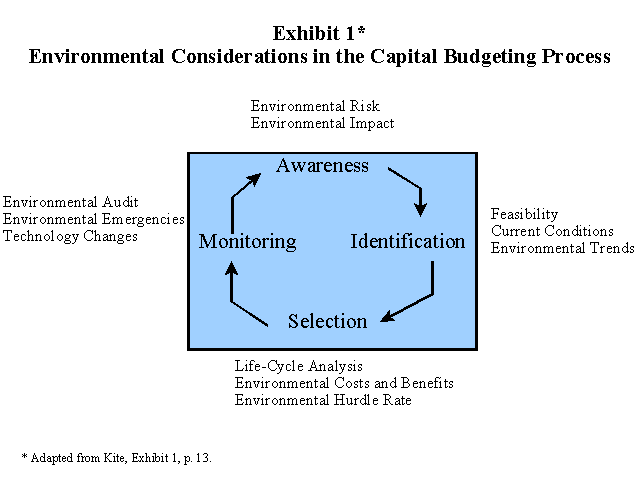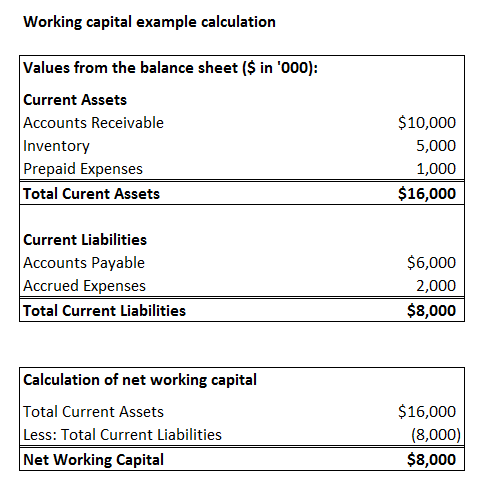Capital Budgeting Decision with 3 Methods
Post on: 16 Март, 2015 No Comment

Capital budgeting relates to planning for the best selection and financing of long-term investment proposals. Capital budgeting decisions are not equally essential to all companies. The relative importance of this function varies with company size, the nature of the industry, and the growth rate of the firm. As a business expands, problems regarding long-range investment proposals become more important. Strategic capital budgeting decisions can turn the tide for a company. The types of scarce resources that may be committed to a project include cash, time of key personnel, machine hours, and floor space in a factory. When estimating costs for a proposed project, the allocation of the company’s scarce resources must be converted in terms of money .
Advertisement
There are various capital budgeting methods: including accounting rate of return, payback, discounted payback, net present value, profitability index, and internal rate of return. However, in this post I am going to focus to demonstrate the first three methods: accounting rate of return [ARR], payback, and discounted payback. Before that, I am going to overview the fundamental of the budgeting decision a little bit .
Capital Budgeting Decision Fundamental
The two broad categories of capital budgeting decisions are screening decisions and preference decisions .
- Screening decisions relate to whether a proposed project satisfies some current acceptance standard. For instance, a company may have a policy of accepting cost reduction projects only if they provide a return of, say, 15 percent.
- Preference decisions apply to selecting from competing courses of action. For example, a company may be looking at four different manufacturing machines to replace an existing one. The selection of the best machine is referred to as a preference decision.
The basic types of investment decisions involve selections between proposed projects and replacement decisions. Selection requires judgments concerning future events of which one has no direct knowledge. One has to consider timing and risk. The task is to minimize chances of being wrong. To help deal with uncertainty, one may use the risk-return trade-off method. Discounted cash flow methods are more realistic than methods that do not take into account the time value of money in appraising investments. Consideration of the time value of money becomes more essential in inflationary periods.
Planning for capital expenditures requires one to determine the optimal proposal, the number of dollars to be spent, and the amount of time required for completion. An appraisal is needed of current programs, evaluating new proposals, and coordinating interrelated proposals within the company. In planning a project, consideration should be given to time, cost, and quality, which all interreact. For control, a comparison should be made between budgeted cost and time compared to actual cost and time.
Capital budgeting decisions must conform to the cash position, financing strategy, and growth rate:
Will the project provide a return exceeding the long-range expected return of the business?
Projects must be tied into the company’s long-range planning, taking into account corporate strengths and weaknesses. The objectives of the business and the degree to which they depend on economic variables (e.g. interest rate, inflation), production (e.g. technological changes), and market factors must be established. Also, the capital budget may have to be adjusted after considering financial, economic, and political concerns. But consideration should be given to sunk and fixed costs that are difficult to revise once the initial decision is made.
Recommendation
Use cost/benefit analysis to answer the following two crucial questions:

- Is there excessive effort for the proposal?;
- Can it be performed internally, or must it be done externally (e.g. make or buy)? Is there a more efficient means and less costly way of accomplishing the end result?
Further, problem areas must be identified. An example is when long-term borrowed funds are used to finance a project where sufficient cash inflows will not be able to meet debt at maturity.
- Measure cash flows of a project, using different possible assumed variations (e.g. change in selling price of a new product). By modifying the assumptions and appraising the results, one can see the sensitivity of cash flows to applicable variables. An advantage is the appraisal of risk in proposals based on varying assumptions. An increase in risk should result in a higher return rate.
- Taxes have to be considered in making capital budgeting decisions because a project that looks good on a before-tax basis may not be acceptable on an after-tax basis. Taxes have an effect on the amount and timing of cash flows.
- “What-if” questions are often the most crucial and difficult with regard to the capital expenditure budget, and informed estimates are needed for the major assumptions. Spreadsheets can be used to analyze the cash flow implications of acquiring fixed assets.
- Once an investment proposal is approved, there has to be an implementation of controls over expenditures and a reporting system regarding the project’s status. Expenditures should be traced to the project and controls in place, ensuring the expenditures are in conformity with the approved investment proposal. Continuous monitoring will show how well the project is doing, relative to the original plan.
Below is a typical project application form example :
The next presents an advice of project change form :
A capital expenditure appropriation request form shown below :
Factors to Consider in Determining Capital Expenditures
- Rate of return
- Budget ceiling
- Probability of success
- Competition
- Tax rate
- Dollar amounts
- Time value of money
- Risk
- Liquidity
- Long-term business strategy
- Forecasting errors
- Types of Capital Budgeting Decisions to Be Made
- Cost reduction program
- Undertaking an advertising campaign
- Replacement of assets
- Obtaining new facilities or expanding existing ones
- Merger analysis
- New and existing product evaluation
- No profit investments (e.g. health and safety)














